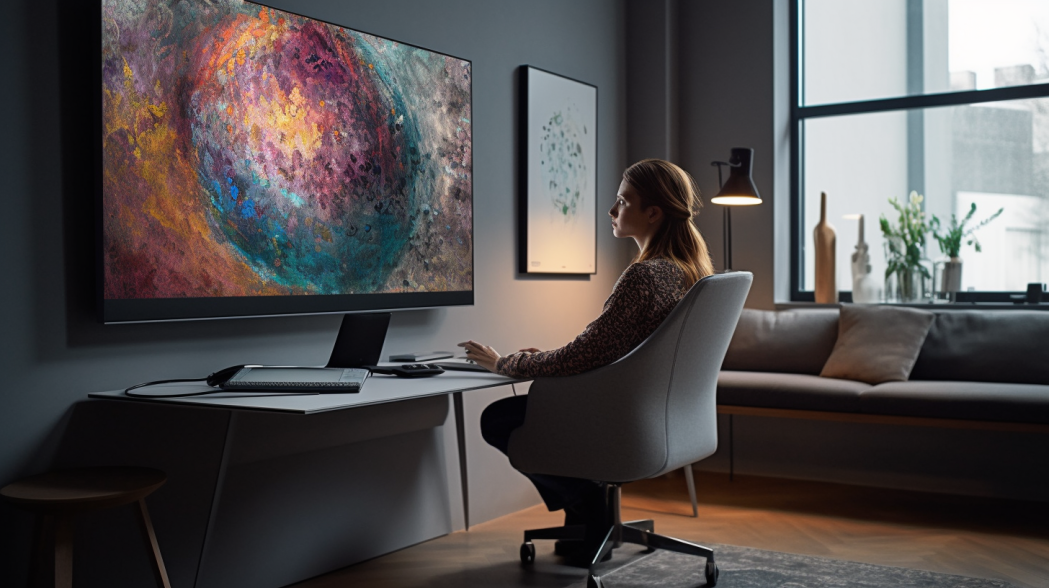The COVID-19 pandemic has significantly impacted our lives, including our ability to visit museums. However, virtual art exhibits have emerged as an affordable and accessible alternative that provides art enthusiasts with an opportunity to see famous works of art without leaving their homes. The popularity of virtual exhibits has been on the rise even before 2020, and many museums have continued to offer them even after reopening their doors.
Collaborations between museums and the Google Arts & Culture platform, launched in 2011, have allowed art to be accessible to wider audiences. However, researchers have been wondering whether virtual exhibits provide a comparable experience to in-person museum visits. While studies have shown that physical museum visits can lower blood pressure or cortisol levels and increase psychological well-being, the impact of virtual exhibits on mental health remains a new field of research.
The Impact of Virtual Art Exhibits on Mental Well-being: A New Study
A recent study by the Max Planck Institute for Empirical Aesthetics aimed to investigate whether the experience of looking at virtual art was similar for everyone, or if there were differences in the ways that individuals respond to online art. The study involved over two hundred volunteers, all students at the University of Vienna, who were asked to take a few minutes to look at an online art exhibit from the National Gallery in London, featuring a detailed look at Monet’s famous painting, The Water Lily Pond. Before and after looking at the art, participants were asked to fill out a survey that asked about their reaction to the online exhibit.
The study found that virtual museums can indeed increase well-being, and overall, people’s mood improved after interacting with the online exhibit. However, the study also revealed that there are differences in how people experience online art. Some people were more responsive to art in general, and for them, the benefits were noticeably higher.
The study also found that the device used to view the exhibit made a difference in the overall experience. People who viewed the art on their phones reported less of a positive effect compared to those who used a larger laptop or computer screen.
Implications for Virtual Art Exhibits and Museums
The study’s findings have significant implications for museums that create online exhibits. Not everyone gets the same experience from interacting with online art, and it is essential to understand the variations in how people respond to virtual exhibits. Additionally, for those who are unable to visit museums in person, it is good to know that virtual exhibits can still provide some benefit.
